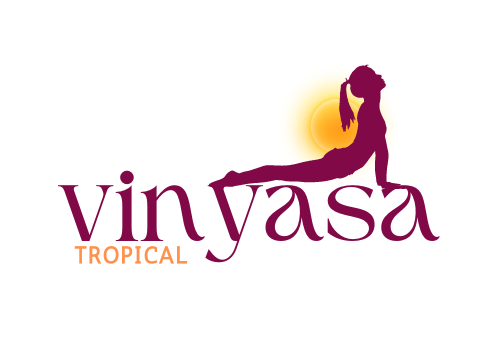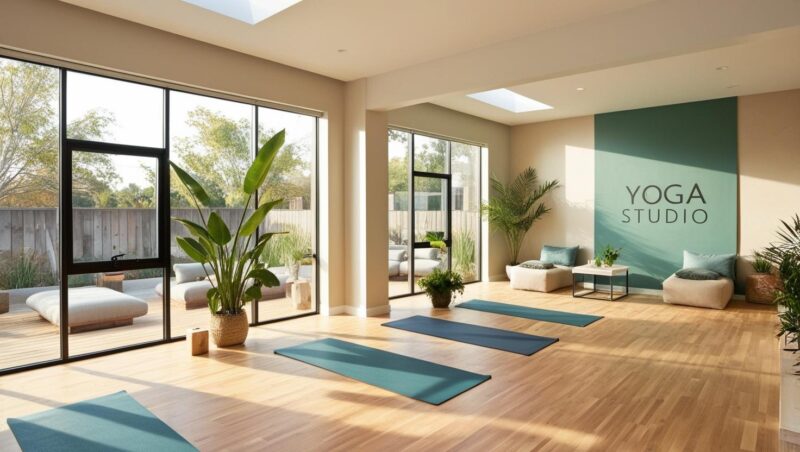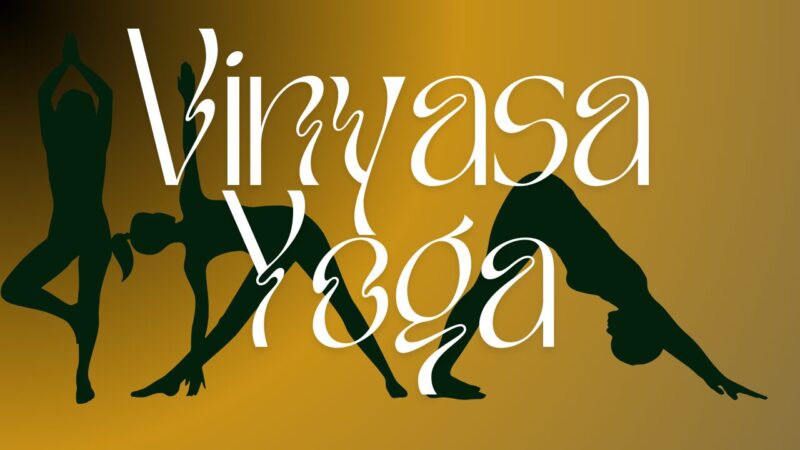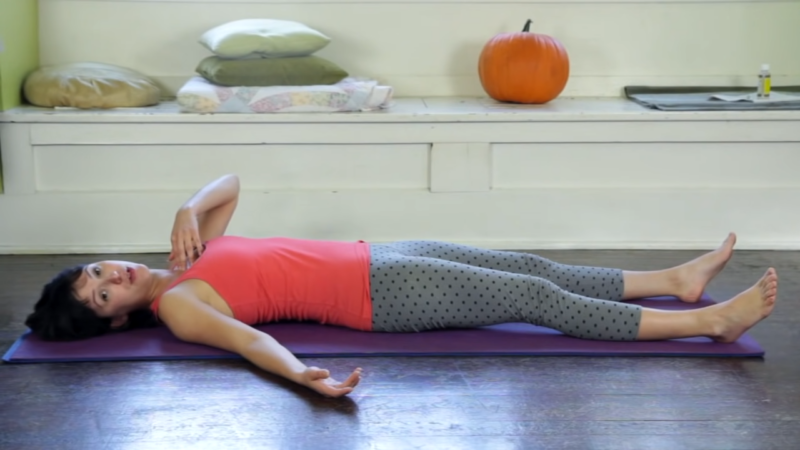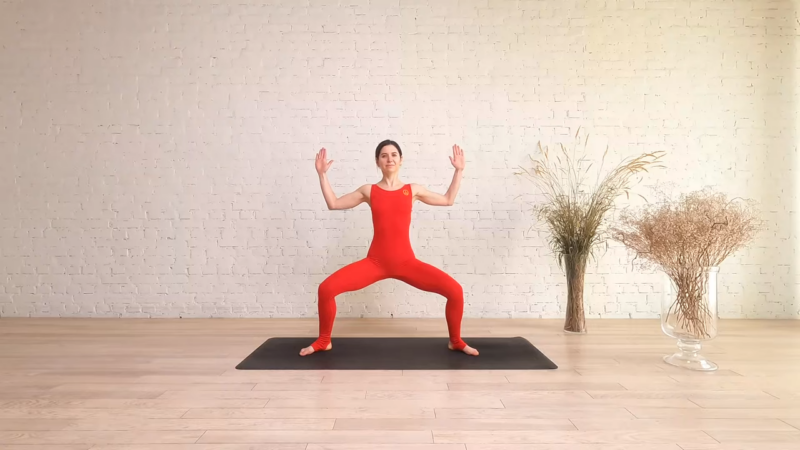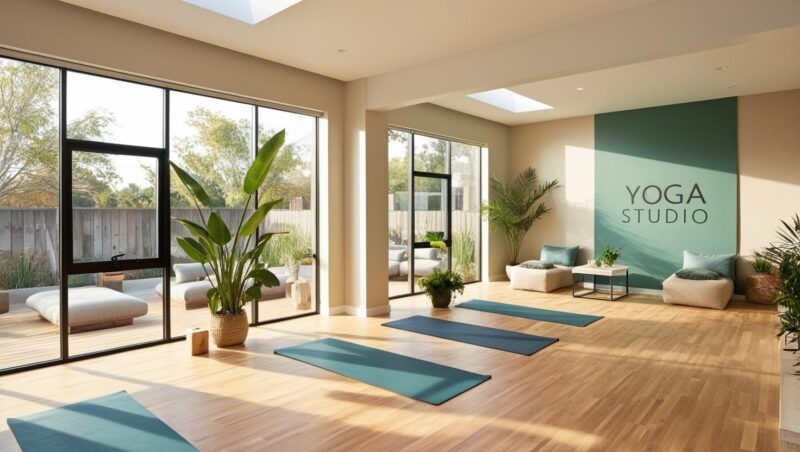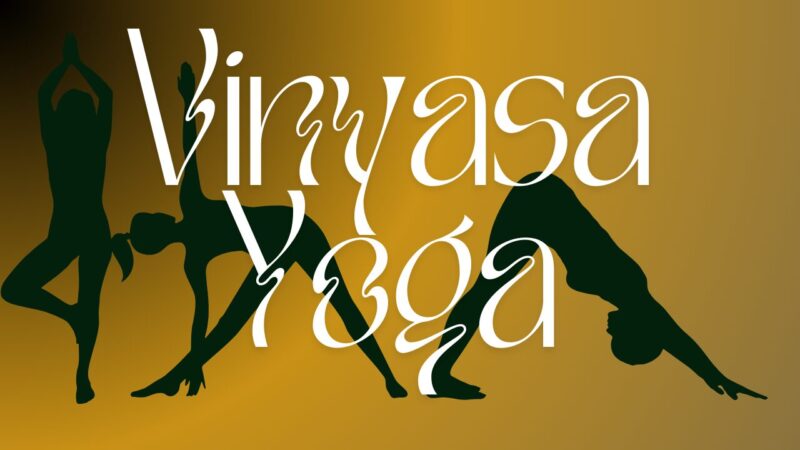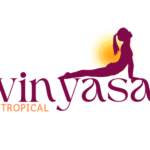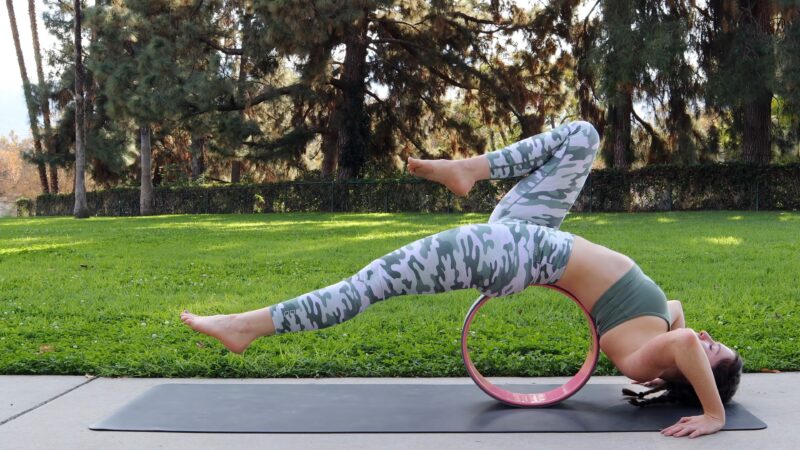
Share Post:
Yoga has long been a cherished practice for its holistic benefits—strengthening the body, calming the mind, and nurturing the spirit. But let’s face it, sometimes, we need a little extra support or something to shake up the routine.
That’s where the yoga wheel comes in. This simple, yet incredibly effective prop can transform your practice, opening up new possibilities, deepening your stretches, and enhancing your overall body alignment.
The yoga wheel may be a newcomer to the yoga world, but it has quickly become a must-have for yogis of all levels. It’s not just a tool for advanced practitioners; beginners can also find immense value in incorporating it into their practice.
So, if you’re ready to explore some new moves and give your body a complete workout, here are some yoga wheel poses you simply must try.
1. Wheel-Assisted Backbend (Chakrasana)
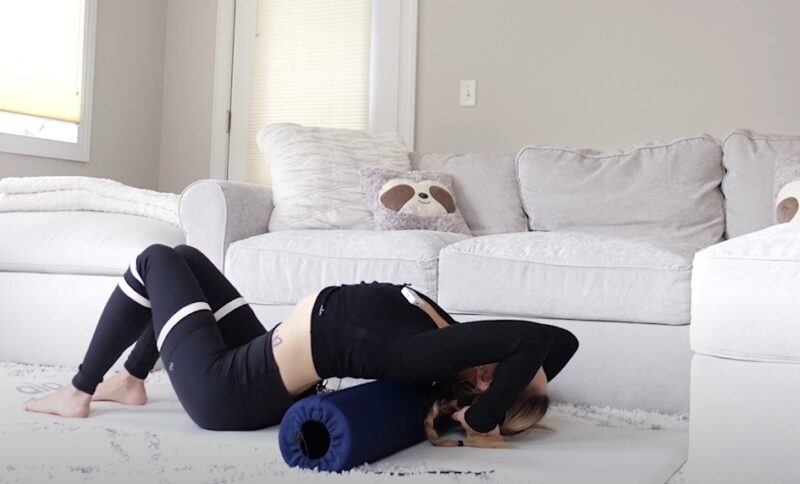
Target Muscles: Spine, chest, shoulders, and abdominal muscles.
Who doesn’t love a good backbend? But let’s be honest—backbends can be intimidating, especially if you’re worried about overextending and injuring your spine.
The yoga wheel provides just the right amount of support, allowing you to ease into the pose and find your comfort zone.
How to Do It
- Sit with your legs extended and the wheel placed behind your back.
- Lean back slowly, letting the wheel support your spine as you move.
- Extend your arms overhead and continue to roll back until your head gently touches the floor.
Hold this position for a few breaths, and feel the glorious stretch in your chest and shoulders.
- Why I Love It: Not only does this pose open up the chest and shoulders beautifully, but it also strengthens your core muscles. Plus, the support of the wheel takes away the fear of going too far, allowing you to truly relax into the backbend.
2. Wheel-Assisted Pigeon Pose (Eka Pada Rajakapotasana)
Target Muscles: Hips, thighs, and lower back.
Pigeon Pose is a go-to for hip openers, but adding a yoga wheel can intensify the stretch in all the right ways. It’s a wonderful way to work into those deep hip muscles that often harbor tension.
How to Do It
- Start in a tabletop position, sliding your right knee forward towards your right wrist, placing the wheel under your left thigh.
- Slowly lower your body over your right leg, rolling the wheel to extend your left leg behind you.
Hold here, breathing into the stretch, and then switch sides.
- Why I Love It: This variation deepens the stretch in the hip flexors and groin while also improving balance. The wheel provides just enough elevation to help you sink into the pose without straining.
3. Wheel-Assisted Bridge Pose (Setu Bandhasana)
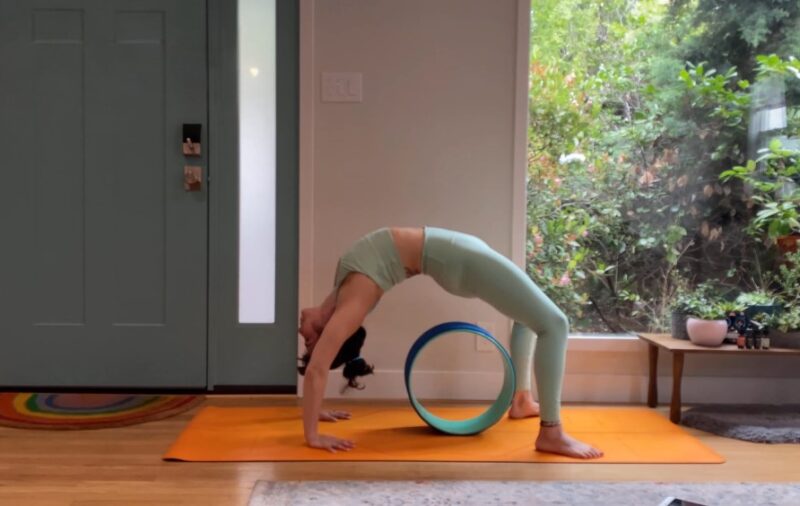
Target Muscles: Glutes, lower back, and hamstrings.
Bridge Pose is fantastic for strengthening the lower body, but sometimes we all need a little help to get that perfect alignment.
The yoga wheel comes to the rescue, offering support and guiding your movements.
How to Do It
- Lie on your back with your knees bent and feet flat on the floor.
- Position the yoga wheel under your lower back.
- Lift your hips, allowing the wheel to roll slightly under your back.
Hold the pose for a few breaths before lowering your hips back down.
- Why I Love It: Using the wheel in Bridge Pose strengthens the glutes and lower back while giving the spine a gentle stretch. It’s a great way to enhance the benefits of this classic pose.
4. Wheel-Assisted Child’s Pose (Balasana)
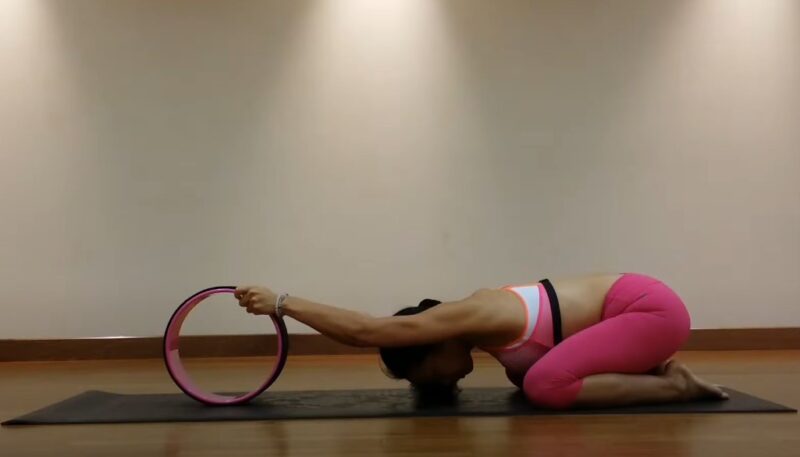
Target Muscles: Shoulders, back, and hips.
Child’s Pose is a favorite for winding down, but with the yoga wheel, you can take it up a notch—literally.
The wheel helps extend your arms and deepen the stretch across your shoulders and back.
How to Do It
- Start on your knees with the yoga wheel in front of you.
- Extend your arms and place your hands on the wheel.
- Slowly roll the wheel forward as you lower your torso towards the floor.
Rest in this pose, feeling the stretch in your shoulders and upper back.
- Why I Love It: This variation not only deepens the stretch but also promotes relaxation. It’s the perfect way to release tension after a long day.
5. Wheel-Assisted Forearm Stand (Pincha Mayurasana)
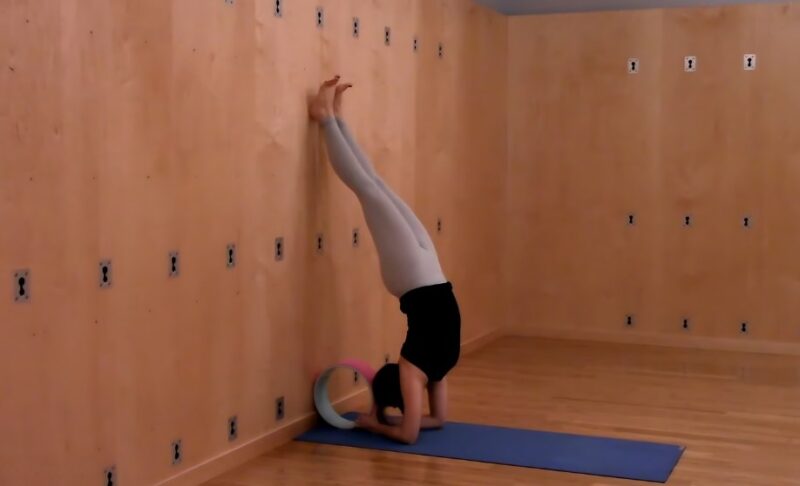
Target Muscles: Shoulders, arms, and core.
If you’ve been working on your inversions, the Forearm Stand with a yoga wheel is a fantastic way to build strength and stability.
The wheel acts as a supportive guide, helping you achieve better alignment.
How to Do It
- Begin in a tabletop position with the wheel placed under your abdomen.
- Place your forearms on the ground, shoulder-width apart.
- Slowly lift your hips, walking your feet towards your head.
- Use the wheel to support your core as you lift one leg at a time.
With practice, you’ll find yourself balancing in a full forearm stand.
- Why I Love It: Inversions can be tricky, but the yoga wheel makes them more accessible. It strengthens the shoulders and core while giving you the confidence to explore this challenging pose.
6. Wheel-Assisted Shoulder Stand (Sarvangasana)
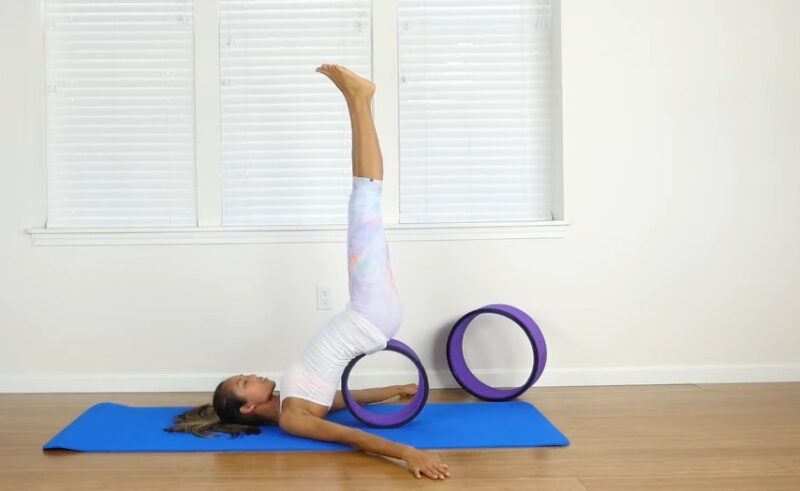
Target Muscles: Shoulders, back, and core.
Shoulder stands are powerful poses that can revitalize your energy and improve circulation. The yoga wheel offers added support, making it easier to maintain alignment.
How to Do It
- Lie on your back with the wheel under your lower back.
- Use your hands to support your lower back as you lift your legs towards the ceiling.
The wheel will help keep your body in alignment, allowing you to focus on your breathing and balance.
- Why I Love It: Shoulder stands can be tough on the neck, but the wheel provides a gentle, supportive base that makes the pose more comfortable and beneficial.
7. Wheel-Assisted King Pigeon Pose (Kapotasana)
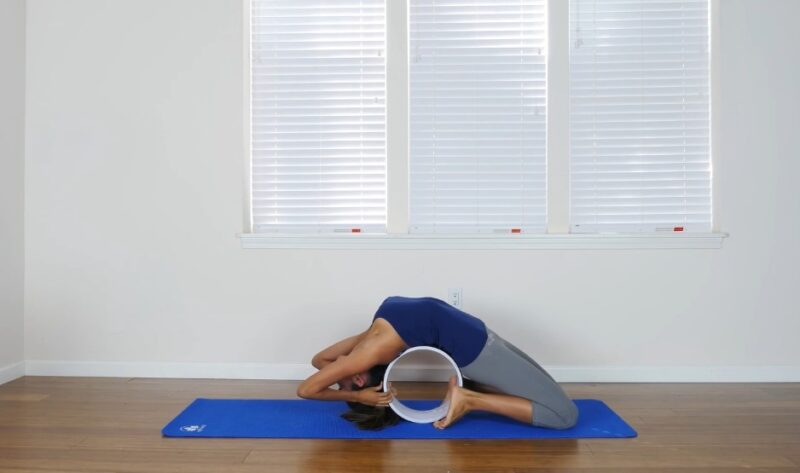
Target Muscles: Hips, thighs, and back.
King Pigeon Pose is a deep backbend that opens up the entire front body. The yoga wheel can make this advanced pose more accessible by providing the support you need to ease into the stretch.
How to Do It
- Start in a kneeling position with the yoga wheel behind you.
- Reach back and place your hands on the wheel.
- Slowly lean back, allowing the wheel to support your spine.
Hold the pose, breathing deeply into the stretch.
- Why I Love It: This pose provides a deep stretch for the hips, thighs, and back while improving spinal flexibility. The wheel makes it easier to achieve the full expression of the pose without straining.
8. Wheel-Assisted Plow Pose (Halasana)
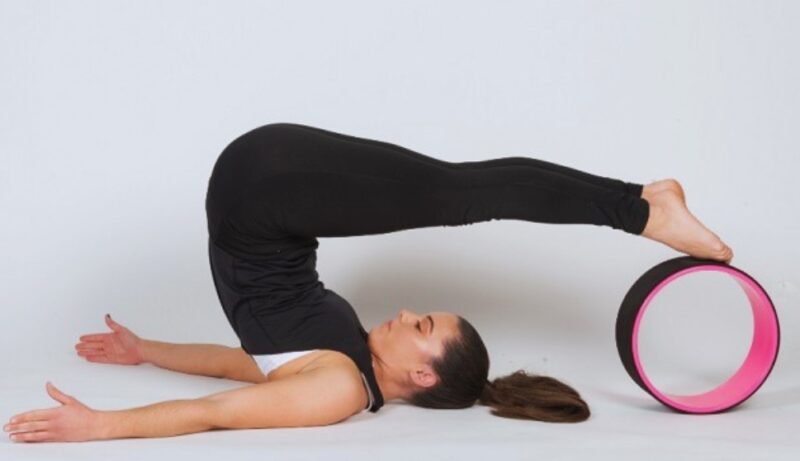
Target Muscles: Shoulders, spine, and hamstrings
Plow Pose is a forward fold that stretches the entire back body. Incorporating the yoga wheel can help you deepen the stretch while maintaining comfort.
How to Do It
- Lie on your back with the yoga wheel under your lower back.
- Lift your legs over your head, allowing your toes to touch the floor behind you.
The wheel will support your lower back, helping you to deepen the stretch.
- Why I Love It: This pose is not only excellent for stretching but also for promoting relaxation and stress relief. The wheel allows you to ease into the pose, making it more accessible for those with tight hamstrings or a stiff back.
9. Wheel-Assisted Crow Pose (Bakasana)
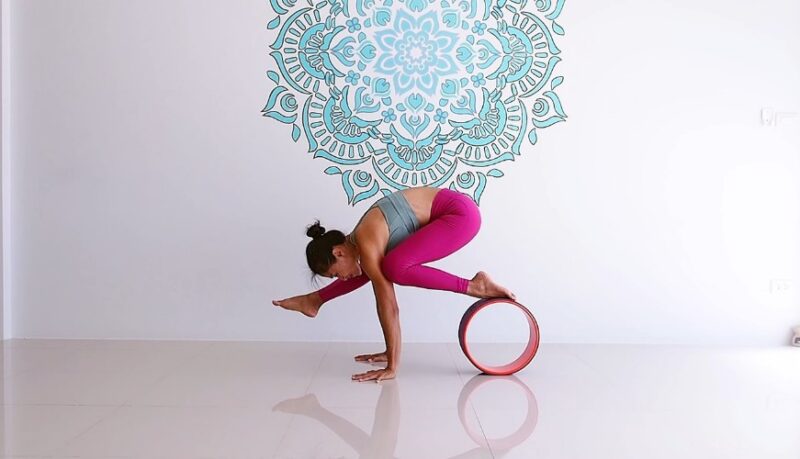
Target Muscles: Arms, shoulders, and core.
Crow Pose is a challenging arm balance that requires strength and coordination. The yoga wheel can provide extra support as you work towards mastering this pose.
How to Do It
- Begin in a squat position with the yoga wheel in front of you.
- Place your hands on the floor and rest your shins on the wheel.
- Slowly shift your weight forward, lifting your feet off the ground.
Balance on your hands, using the wheel for support.
- Why I Love It: Crow Pose can be intimidating, but the wheel gives you that little extra boost of confidence. It’s a great way to build strength in the arms, shoulders, and core while working on balance.
10. Wheel-Assisted Camel Pose (Ustrasana)
Target Muscles: Chest, abdomen, and thighs.
Camel Pose is a deep backbend that opens up the entire front body. With the help of the yoga wheel, you can achieve a more controlled and deeper stretch.
How to Do It
- Kneel on the floor with your knees hip-width apart and the yoga wheel behind you.
- Place your hands on the wheel and slowly lean back.
- Allow the wheel to support your spine as you lower your head towards your feet.
Hold the pose for a few breaths, then slowly return to the starting position.
- Why I Love It: This pose stretches the chest, abdomen, and thighs while improving spinal flexibility and posture. The wheel helps you to find the perfect balance between stretching and stability.
Wrapping It All Up
The yoga wheel is more than just a trendy prop—it’s a tool that can truly elevate your practice. Whether you’re looking to deepen your stretches, improve your balance, or strengthen your core, the yoga wheel has something to offer.
Each of the poses highlighted here targets different parts of the body, ensuring a well-rounded and complete workout. What I love most about the yoga wheel is how it opens up new possibilities in your practice, like somatic yoga.
It encourages you to explore poses in ways you might not have thought possible, all while providing the support you need to do so safely.
So, why not give it a try? Including the yoga wheel into your routine could be the key to unlocking new levels of strength, flexibility, and peace of mind.
Related Posts:

